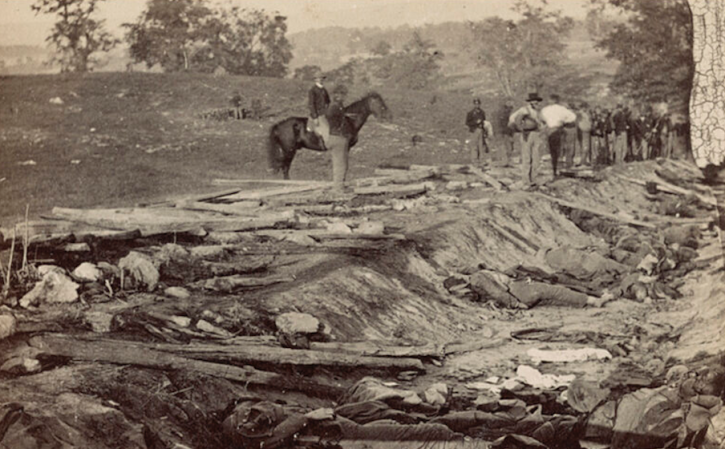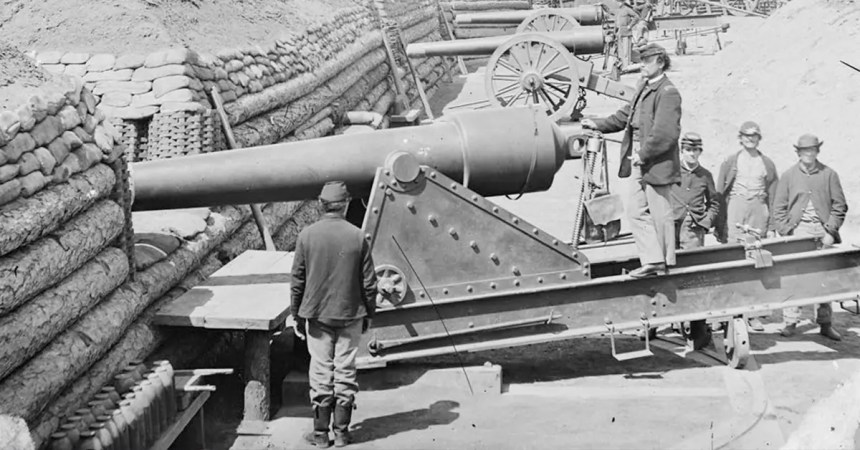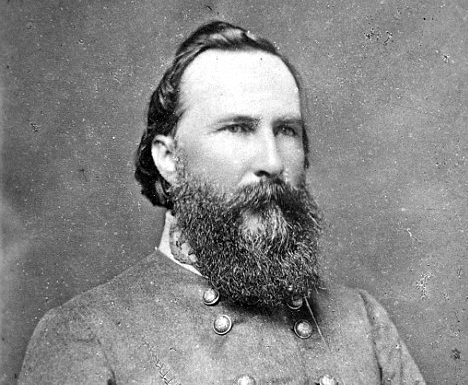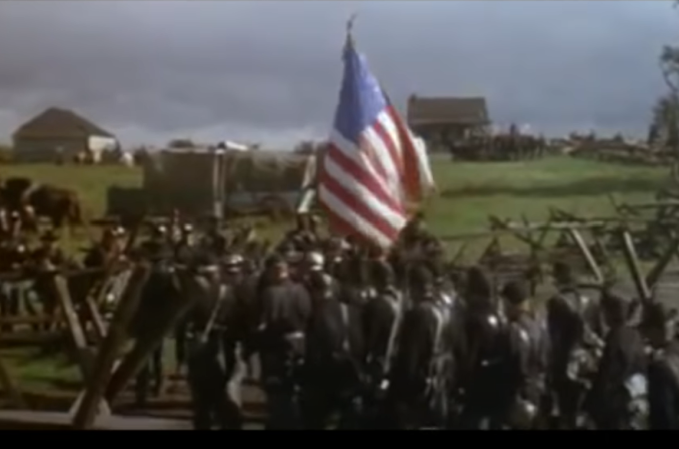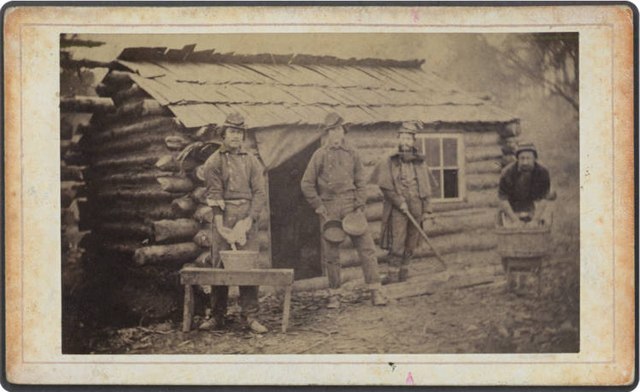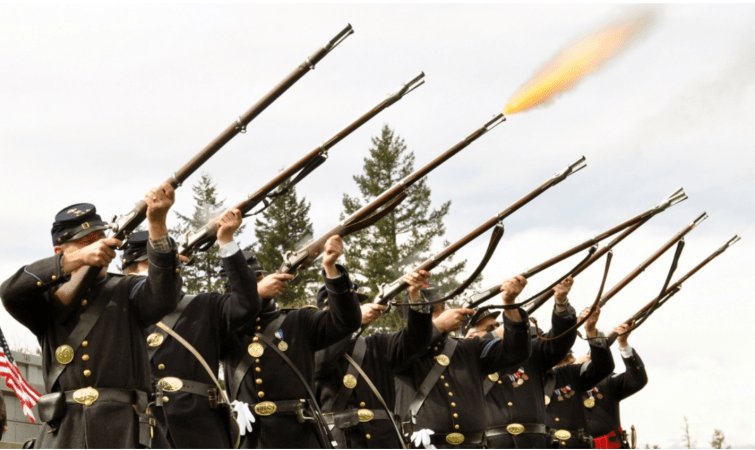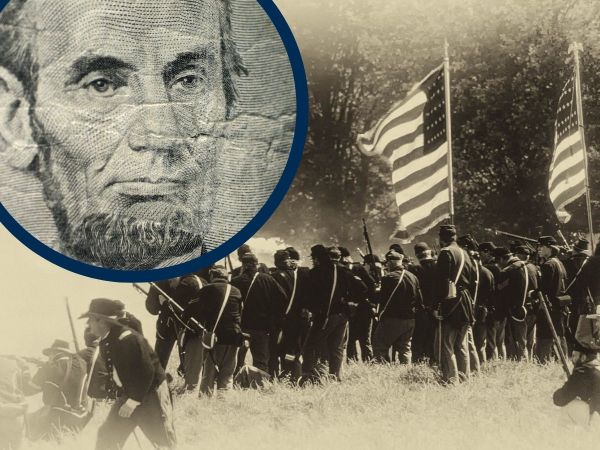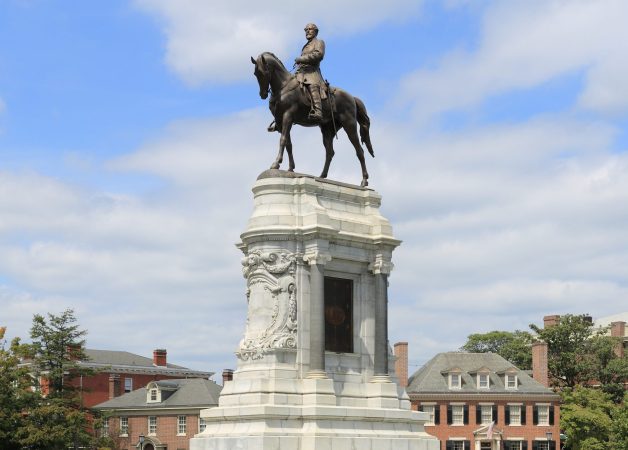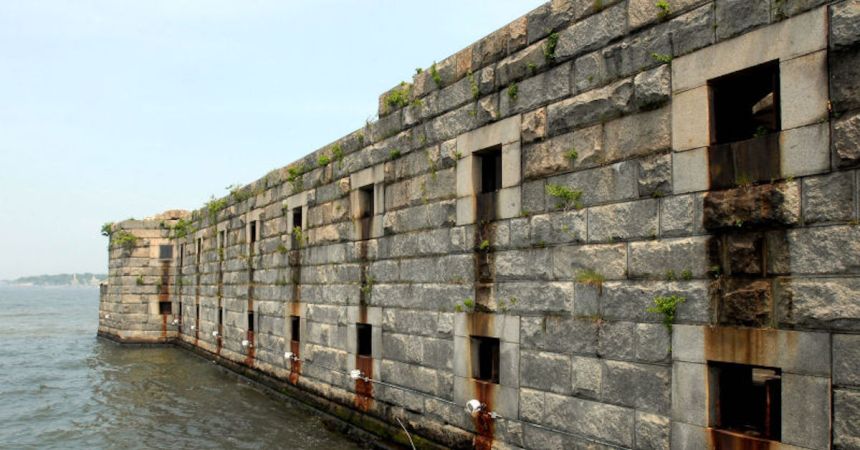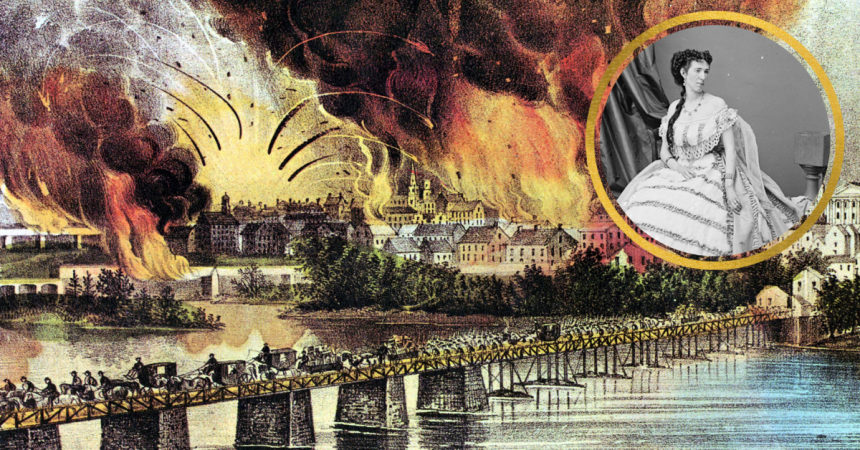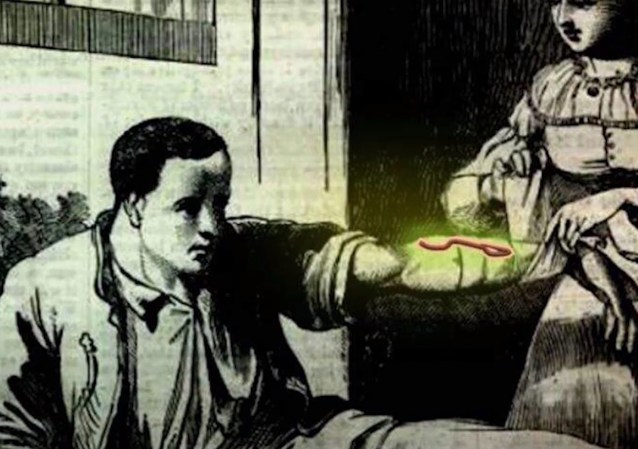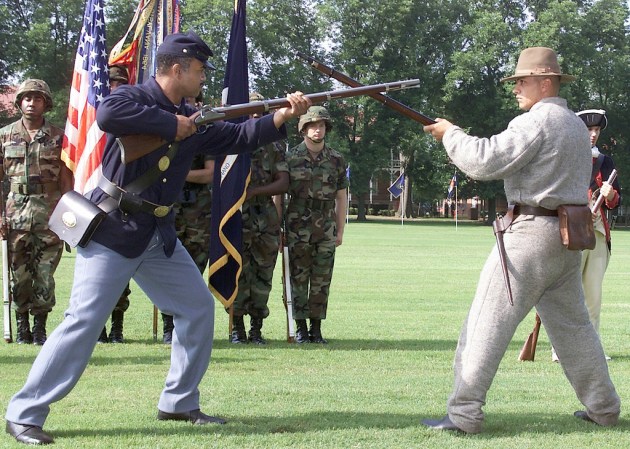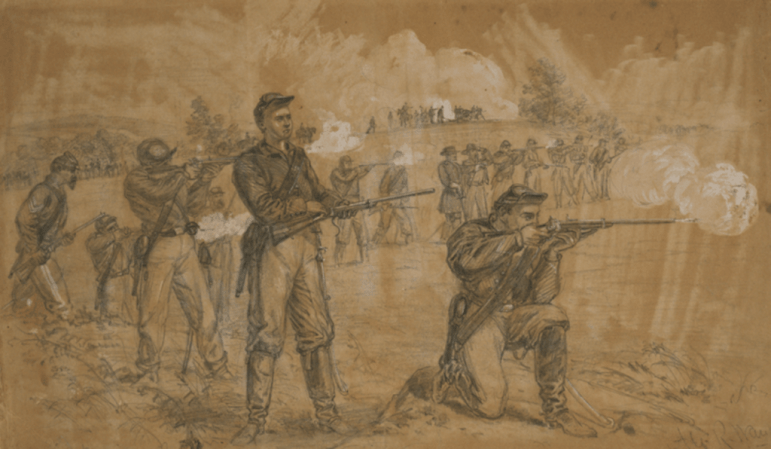It’s no secret that the Civil War brought on brutal injuries that came in droves. With few available hospitals and treatment methods that were available at the time, this also meant a high death count. However, the war itself wasn’t the only thing creating dangers for the fighting force; it’s estimated that three-quarters of soldiers died of disease rather than war wounds themselves. This is due to poor living conditions, including soldiers living in close proximity to one another without access to showers or clean drinking water, as well as disease that was developed from war injuries. Infections were a common cause of death throughout the war.
In just four years, 750,000 soldiers were killed in the Civil War. That meant 504 deaths a day for a total of 2.5% of the entire American population. It’s not hard to guess that this many burials were difficult to facilitate, especially when they took place on the battlefield. Rather than a proper funeral or individual burial, bodies were lumped together and put into a shallow grave, usually covered with blankets as a form of respect. Remaining soldiers would dig a hole — usually about three feet deep and six feet wide. Overall, more than 40% of Civil War soldiers who passed went unidentified.
One of the biggest mass graves was at the Battle of Gettysburg in Gettysburg, Pennsylvania. The July 1863 battle is known as the most deadly of the entire war and is usually considered the turning point of the war after a Union victory.
At the end of the battle on July 3rd, there was a horrific scene. Men who were lost lay splayed out on the battlefield, the aftermath of 7,000 casualties. In a town of just 2,500, there were 20,000 wounded to be cared for. Nearly triple of the population was there lifeless, with pressing medical cases that needed urgent care.
Proper burials simply weren’t feasible; it was considered the Union’s responsibility to bury them, as they’d won the battle. Instead, bodies were drug by rope to a central location. The shallow graves were piled with dirt. Because they were so shallow, rain and wind soon caused erosion, leaving the bodies exposed.
This is said to weigh heavily on living soldiers, knowing they left their fellow comrades in such terrible conditions.
Eventually, many bodies were moved. First, Union soldiers were taken to national cemeteries while the war still carried on, finishing after it ended. However, Confederate soldiers were left at the battlegrounds into the 1870s, while some were never moved. Because it was an expensive and politically controversial process, many were left on-site. Today, there are burial grounds across the former battlefield, including unknown graves.
This is true of most battlegrounds of the Civil War; they remain burial grounds to this day.
Today it’s known that Culp’s Hill, as well as other locations, was used as one of the largest mass graves of the Civil War, if not the largest.
A monument sits at Culp’s Hill to honor the fallen Confederate soldiers. The 2nd Maryland Infantry Monument is noted for being the first Confederate monument at Gettysburg and was dedicated in 1886.


